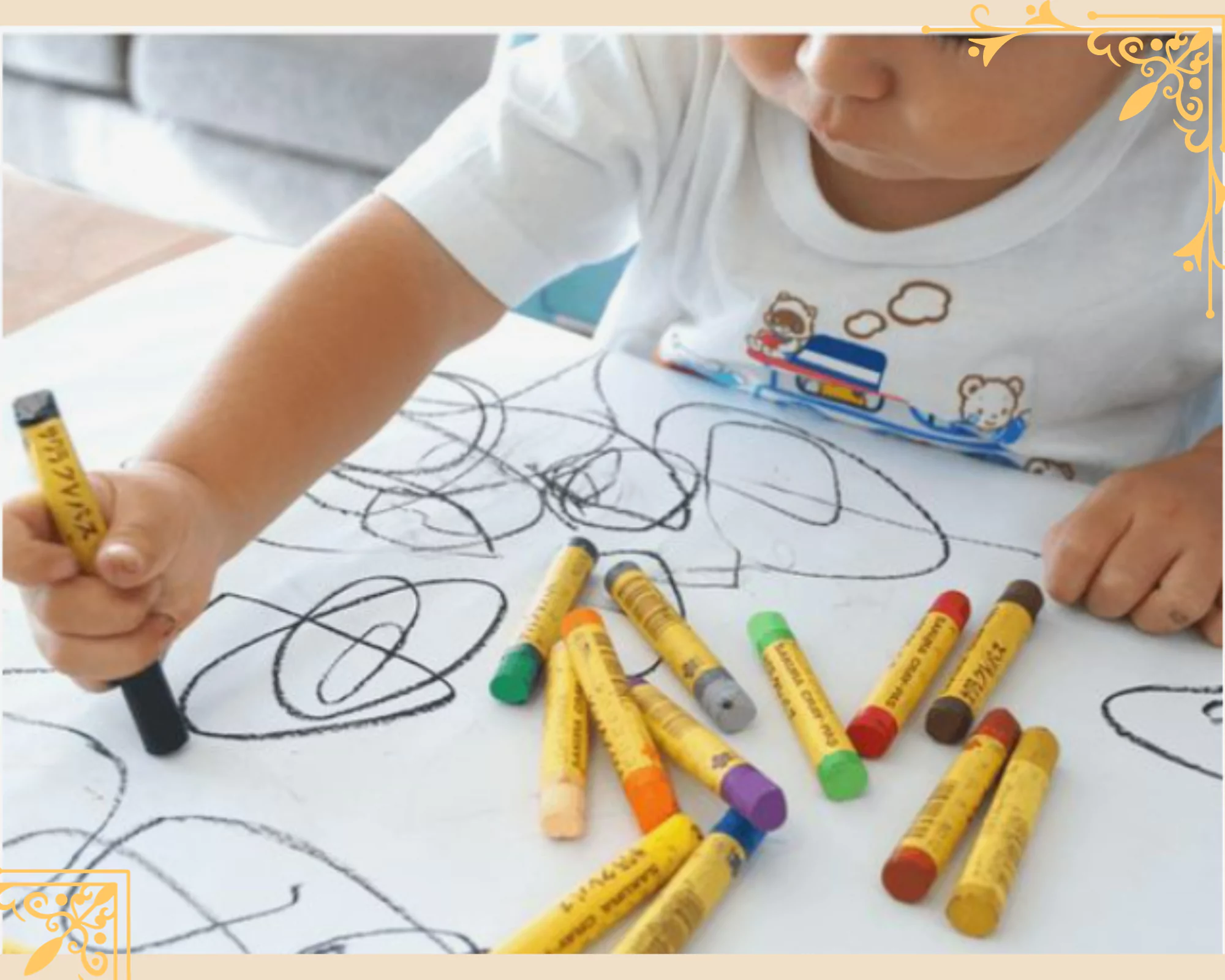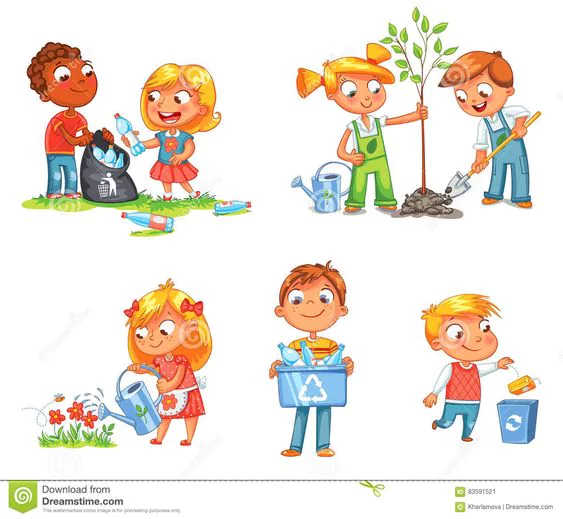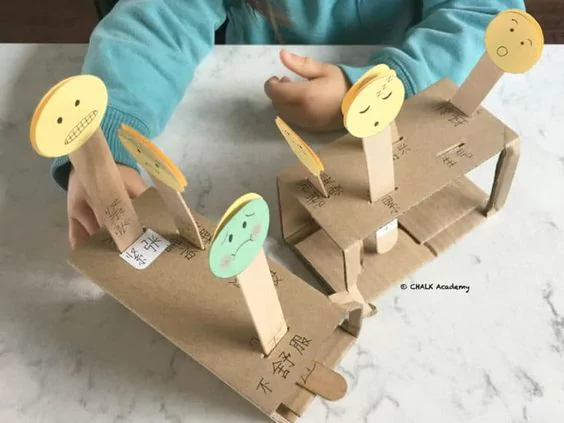
Update: This article was last updated on 5th January 2024 to reflect the accuracy and up-to-date information on the page.

Leonardo da Vinci, the unparalleled artist-scientist, once eloquently wrote, “To develop a complete mind: Study the science of art; Study the art of science. Learn how to see. Realize that everything connects to everything else.”
Da Vinci’s brilliance extended far beyond his artistic masterpieces. He was an inventor who designed flying machines, pioneered early automatic weapons, and even dissected corpses in his quest for knowledge. This challenges the common notion that artists are confined to canvases.
Art transcends colors and patterns; it can ignite imagination and unleash innovative thinking. Studies have shown that when introduced early, arts and crafts activities can shape a child’s imagination, nurture problem-solving skills, and lay the foundation for future inventiveness.
So how can you, as parents and educators, hone the creative side of your children and prepare them better for the future? In the following sections, we will explore practical strategies and effective approaches that you can implement to nurture and develop your children’s innate creativity and imagination.
7 Ways to Encourage Creativity and Imagination in Your Child

1.Listen to their Ideas
The foremost step in enhancing creativity in kids is to prioritize active listening. Take the time to genuinely hear and understand their ideas, giving them the space to express their thoughts without any judgment or criticism.
The validation of their ideas will instill confidence in their creative abilities and foster a sense of ownership over their thoughts.

2.Experiment with the Environment
To foster creativity in kids, why not experiment with their environment and take them on inspiring adventures? Explore the possibilities of creating art in a garden or at the lakeside.
The new and stimulating environments offer a wealth of sensory experiences that can ignite their imagination, spark curiosity and inspire new ideas. The sights, sounds, and textures they encounter can catalyze imaginative thinking and innovative artwork.

3.Ask Questions
By asking open-ended questions, you can stimulate their critical thinking, encourage problem-solving skills, and expand their imagination. Now how can you do that?
Imagine you are working on an elephant art project with your child. Instead of simply providing instructions to draw an elephant or telling them how to draw, ask them an open-ended question like, “How would you like your elephant to look?” This question encourages your child to think beyond the surface level and delve deeper into their creative process. As a result, they come up with a narrative, imagine characters, or even think about the emotions that the artwork evokes.

4.Let them choose colors
Have you ever found yourself correcting your toddler when they want to color a parrot “purple” or even “black” instead of the conventional “green”? Such well-intentioned nudges may unknowingly stifle their creativity.
Allowing children to choose their colors empowers them to make decisions based on their preferences and personal tastes. This fosters a sense of agency and autonomy, boosting their self-confidence. This process also stimulates their innovative thinking and expands their creative boundaries.

5.Play with Patterns
When children engage with patterns during art sessions, they are exposed to symmetry, repetition, and variation. They learn to observe and analyze the arrangement of shapes, colors, and textures, which helps develop their visual perception skills. Playing with patterns also encourages children to decide on placement, scale, and color choices. This fosters their ability to think flexibly and consider multiple options, expanding their problem-solving repertoire.
Moreover, children may question why certain patterns are visually pleasing or how different patterns evoke different emotions. This curiosity opens up a world of exploration and inquiry, encouraging them to seek answers and develop a deeper understanding of the artistic principles at play.

6.Don’t just stick to one activity
Keep your kids from just one form of art activity. Instead, encourage them to indulge in a myriad of creative endeavors. Let them explore the vast artistic possibilities, from finger painting and collaging to oil painting, weaving, knitting, crocheting, fluid painting, and even nail art.
The options are limitless, and each activity offers unique experiences and learning opportunities. Embrace the diversity of artistic expression and watch as their creativity flourishes in countless captivating ways.

7.Indulge in DIYs
DIY projects provide an opportunity to experiment with different materials, techniques, and designs, fostering creativity and innovation. Your kids can explore new artistic mediums, repurpose everyday objects, and combine various elements to create something original. Since most DIY arts involve open-ended projects that don’t have a predefined outcome, children get ample opportunities to think creatively and work out multiple outcomes. They learn to embrace uncertainty, take risks, and develop a sense of curiosity and wonder.
Bonus Tips For Your Kids :
1. Diverse Art Supplies
- Offer a mix of art materials like paper, paints, markers, and clay.
- Let kids explore freely, encouraging creativity in using materials.
2. Focus on Process
- Stress the journey, not just the final artwork.
- Allow freedom without pressure for perfect results.
3. Inspiring Themes
- Introduce fun themes or prompts to ignite the imagination.
- Ask open-ended questions to stimulate creative thinking.
4. Sensory Engagement
- Include textures, scents, and sounds in activities.
- Use materials like textured paper or scented markers for added sensory experience.
5. Designate Creative Space
- Set up a dedicated area with ample art supplies.
- Display their creations to boost confidence and motivation.
In conclusion, arts and crafts activities provide a vibrant and engaging pathway to enhance creativity in kids. Use the above strategies to embrace the artistic expression in your child, nurture their imagination, and watch as their creativity flourishes in remarkable ways. Together, let’s cultivate a world where every child’s unique ideas and creative spirit can shine bright!
Moonpreneur is on a mission to disrupt traditional education and future-proof the next generation with holistic learning solutions. Its Innovator Program is building tomorrow’s workforce by training students in AI/ML, Robotics, Coding, IoT, and Apps, enabling entrepreneurship through experiential learning.
























Engaging in arts and crafts can elevate happiness, reduce depression, and boost cognition and mental well-being. Artistic and craft activities stimulate the brain on various levels, yielding positive effects on cognition, mental health, visual perception, and how individuals absorb information from their surroundings.
What are the mental benefits of arts and crafts?
Studies indicate that engaging in crafting, regardless of the medium, can enhance mood, boost self-confidence, and alleviate overall stress. Additionally, crafting has been linked to improved mental agility, enhanced gross and fine motor movements, and a decrease in cognitive decline.
Why do our brains love arts and crafts?
The mirror neuron system aids in skill learning, and the brain’s plasticity allows for acquiring skills at any age. Engaging in arts and crafts contributes to stress control and relaxation, providing a safe space to learn from failure and manage emotions.
Another good idea could be giving them unlimited art supplies and letting them go free and create whatever they want.
With this, your child would freely draw, doodle, paint, and collage with the supplies. With unlimited art materials and freedom of expression, your child’s creativity will blossom.